Behind the screens: the crystals that flow like rain down a windowpane
Futurum
AUGUST 18, 2022
When was the last time you looked at a computer, TV, phone or tablet? AKHSHAY’S PHYSICAL EXPERIMENTS. This not only helps scientists understand what is going on behind the scenes, and why, but also helps to enable the physics to be applied in technology in the future. Perhaps you are reading from one now.

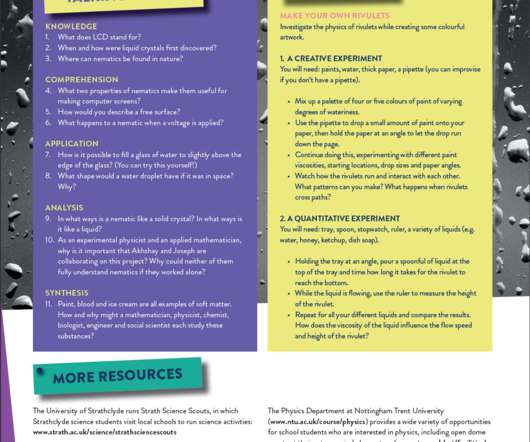
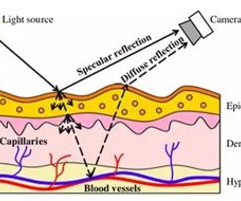

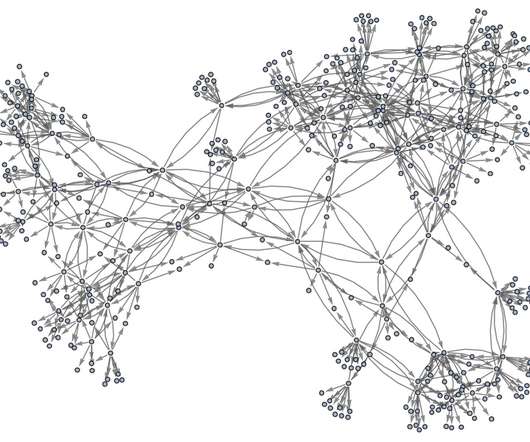
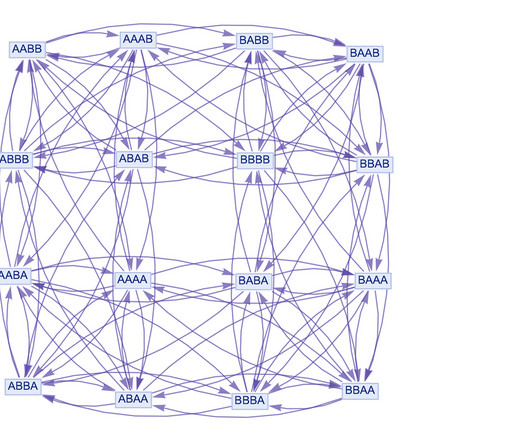
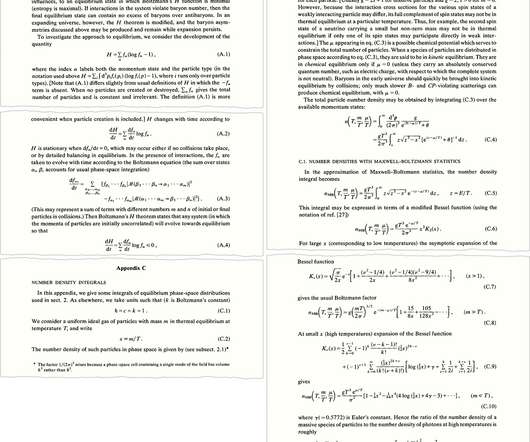









Let's personalize your content